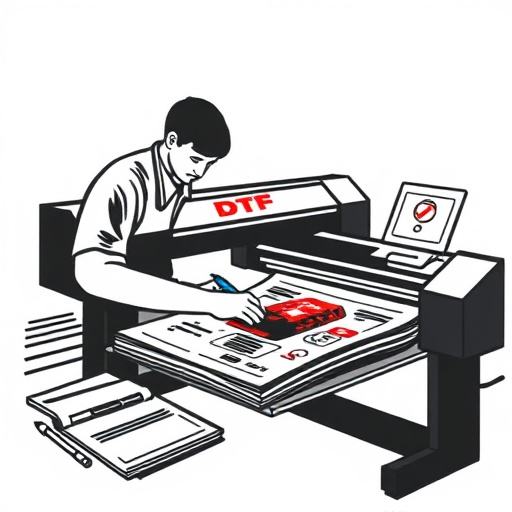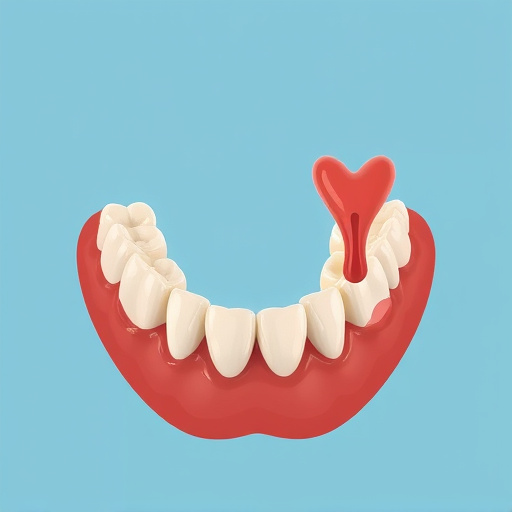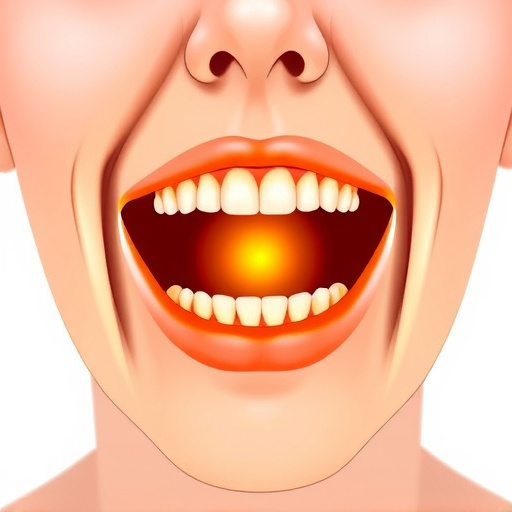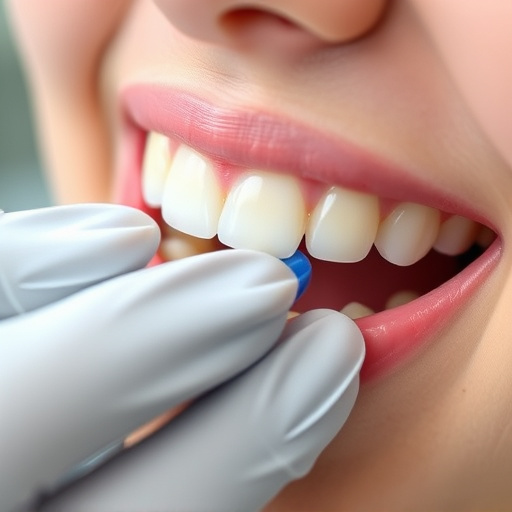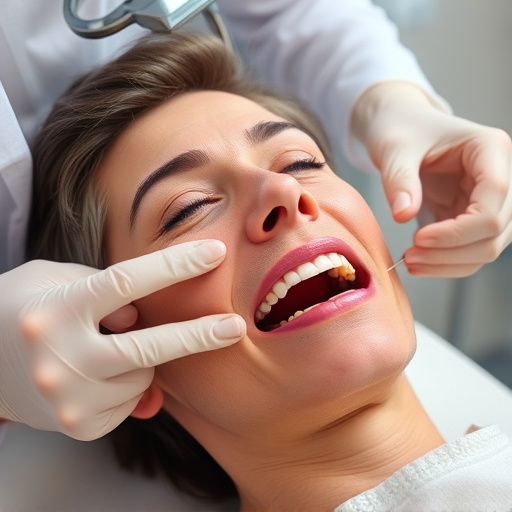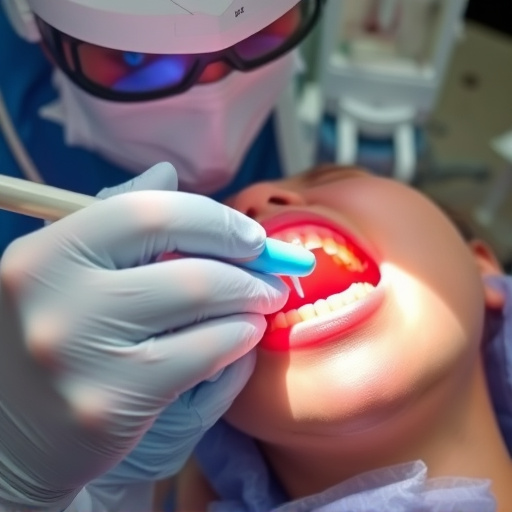Oral health assessments are crucial for high-risk patients, addressing neglected aspects of care. Thorough examinations and medical history reviews detect early dental issues like gum disease. Community initiatives and tailored interventions improve access to oral health assessment services, enhancing quality of life for at-risk populations by promoting proactive dental care.
Oral health is often overlooked in high-risk patient groups, yet it plays a pivotal role in overall well-being. This article explores why comprehensive oral health assessment is crucial for these populations. We delve into the significant impact of oral health on chronic conditions and explore key components of effective assessment protocols tailored to high-risk individuals. Additionally, we discuss strategies to improve access and adherence, emphasizing the importance of inclusive dental care.
- Understanding Oral Health's Impact on High-Risk Patients
- Key Components of an Effective Oral Assessment Protocol
- Strategies to Improve Access and Adherence in High-Risk Populations
Understanding Oral Health's Impact on High-Risk Patients
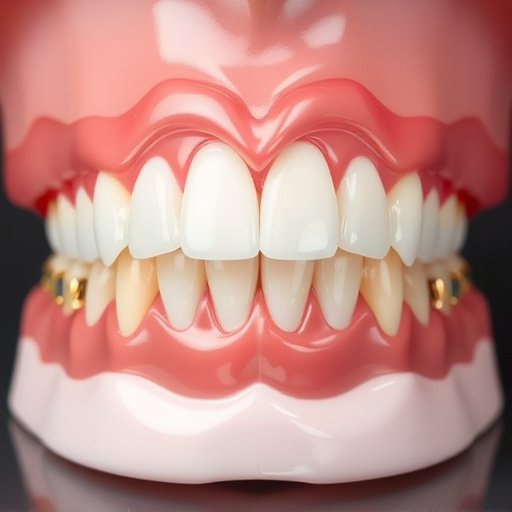
Oral health is often overlooked when considering overall patient care, but it can significantly impact those in high-risk groups. These individuals, whether due to age, pre-existing medical conditions, or lifestyle choices, are more susceptible to oral health issues that can further complicate their overall well-being. For instance, patients with weakened immune systems may struggle to fight off infections, and dental infections can spread throughout the body, leading to severe consequences.
Regular oral health assessments become imperative for managing these risks. Such evaluations enable healthcare professionals to identify potential problems early on, such as gum disease or tooth decay, which are often painless but can escalate quickly. Prompt intervention through preventive measures like dental cleanings and general dentistry practices can significantly reduce the burden of oral health issues on high-risk patients, ensuring their overall health and quality of life.
Key Components of an Effective Oral Assessment Protocol
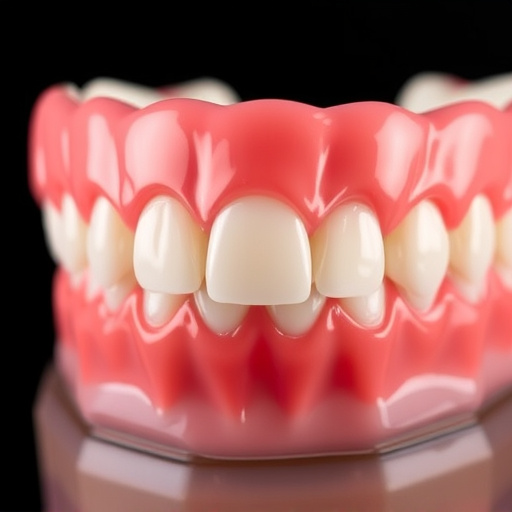
An effective oral health assessment protocol for high-risk patient groups should encompass several key components. Firstly, a comprehensive examination of the mouth, including teeth, gums, and associated structures, is essential. This involves visual inspection, palpation, and the use of dental instruments to detect any signs of disease, injury, or infection. Secondly, taking detailed medical history is crucial; understanding the patient’s general health status, medication usage, and past dental procedures can provide valuable insights into potential oral health risks.
Additionally, specific considerations for high-risk groups should be integrated. For instance, in patients undergoing wisdom tooth removal, assessing healing and potential complications is vital. Similarly, for individuals with limited mobility or those requiring regular dental cleanings, adapting the assessment to accommodate their needs is essential.
Strategies to Improve Access and Adherence in High-Risk Populations

Improving access to oral health assessments is a key strategy for bettering the dental care of high-risk populations. These groups often face barriers such as limited transportation, financial constraints, and a lack of awareness about the importance of oral hygiene. Community-based initiatives can play a vital role in overcoming these challenges. For instance, mobile dental units that visit underserved areas or community centers can provide basic oral health screenings and education. Additionally, partnerships between healthcare providers, schools, and local organizations can ensure regular access to care, especially for children and elderly individuals who are more susceptible to dental issues.
To enhance adherence to recommended dental practices, tailored interventions are necessary. Educational programs that focus on empowering patients with knowledge about proper oral hygiene techniques and the prevention of common dental problems can encourage proactive behavior. Offering incentives or reminders for follow-up appointments through text messages or phone calls has shown promise in increasing attendance rates. Moreover, incorporating technological solutions like telemedicine can facilitate remote consultations, especially for those who cannot physically visit a dentist, ensuring timely tooth repair or discussions about options like dental implants or cosmetic dentistry.
Oral health assessment plays a pivotal role in managing high-risk patient groups, serving as a gateway to improved overall well-being. By integrating comprehensive oral evaluation protocols and addressing access and adherence challenges, healthcare providers can significantly enhance the lives of vulnerable populations. Prioritizing these strategies ensures that oral health care becomes an integral part of holistic treatment, leading to better outcomes and elevated quality of life for high-risk individuals.



